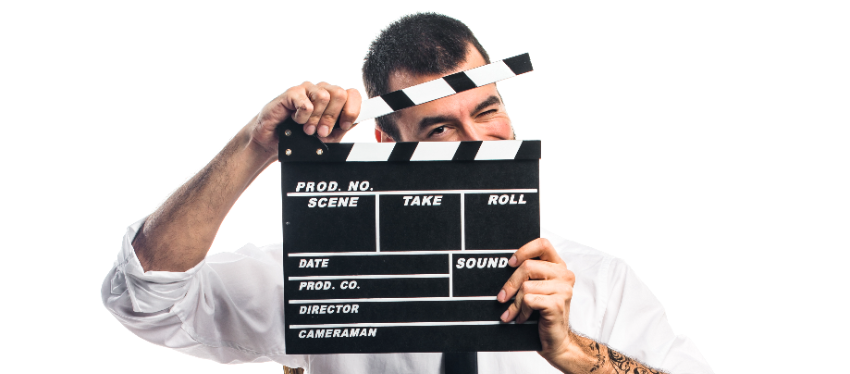Behind the Scenes: How to Run a Grand Giveaway
Immerse yourself in the process and learn all the secrets

Have you ever wondered how a big draw is launched, from planning to the moment of drawing the winning ball? Although for the participants it all comes down to the excitement of waiting for the winning number, behind the scenes a meticulous and detailed process takes place. In this blog, we invite you to discover the steps and care involved in organizing a great raffle.
- Initial planning
Every big draw starts with a clear idea: to offer a chance to win an attractive prize while ensuring the transparency of the process. To do this, the organising entities must:
- Define objectives and scope:
- Is the draw held nationally or internationally?
- Is it intended to raise funds, promote a product or celebrate a special date?
- Select awards:
- From sums of money to dream trips or luxury cars.
- The budget and the impact to be generated on the participants are studied.
- Set dates and timeline:
- Define when the sale of tickets or participations begins and when the draw will take place.
- Schedule the marketing campaign and the dates of publication of the results.
- Legal framework and regulations
A key aspect of any draw is to comply with current regulations. Depending on the country or region, the following are required:
- Obtaining licenses: Gambling authorities or regulatory bodies usually require specific permits to ensure the legality of the draw.
- Terms and Conditions: Clear and transparent rules about who can participate, how the draw is conducted, and what happens in case of unforeseen events.
- Data protection: If information is collected from participants, it is critical to comply with privacy and data protection legislation.
- Ticket production and sales channels
The logistics of selling shares vary depending on the size and purpose of the draw:
- Physical Tickets:
- Printing of numbered checkbooks, with security systems to prevent counterfeiting (barcodes, watermarks).
- Distribution at authorized points of sale (kiosks, shops, lottery offices).
- Digital Tickets:
- Online sales through apps or websites.
- Use of electronic payment methods (credit cards, transfers, cryptocurrencies, etc.).
- Issuance of digital receipts with a unique participation number.
- The big day of the draw
When the peak moment arrives, the organization must ensure that everything is ready to carry out the draw with maximum transparency and reliability:
- Verification of the ballot box or lottery system:
- Check that the ballot box contains all valid tickets.
- In draws with machines or automatic drums, check that they work correctly and that previous tests have been carried out.
- Presence of authorities or notaries:
- To certify that the draw is taking place without irregularities.
- Every step is recorded to avoid suspicion of fraud.
- Live stream or official registration:
- Many draws are broadcast on television, radio or streaming.
- Official minutes are drawn up with the winning numbers and published in the media or official portals.
- Communication and dissemination of results
Once the draw is over, the organization has the responsibility to communicate the results in a clear and accessible way:
- Immediate release:
- Advertisement in traditional media (television, radio, press).
- Update on social networks and official websites.
- Attention the winner:
- Verification of the identity and validity of the ticket or digital receipt.
- Guidance on the prize collection process, including deadlines and necessary documents.
- Transparency in delivery:
- Some organizations hold events for the award ceremony, reinforcing the credibility and public image of the raffle.
- Security and fraud prevention
In big draws, safety is paramount. To avoid fraud and bad practices:
- Internal control systems:
- Specialized software to manage the database of tickets sold and detect duplicates or inconsistencies.
- Encryption protocols for digital tickets.
- External audits:
- Independent companies that review the process and certify the integrity of each phase.
- Review of materials (tickets, participant lists) and equipment used during the draw.
- Social and charitable benefits
In many cases, large draws play a social or charitable role:
- Fundraising:
- For social works, research projects or cultural events.
- Part of the proceeds go to initiatives that bring a benefit to the community.
- Boost to the local economy:
- Generation of temporary employment in the production and distribution of tickets.
- Activation of shops and services related to the organisation of the draw.
Beyond the Numbers: The Magic of Organization
Behind every great draw is a dedicated team, strict procedures, and an unwavering commitment to transparency. Far from being an act of pure luck, the organization of a raffle requires planning, rigor and careful staging to make the experience exciting and reliable.
Each phase, from the conception of the idea to the awards ceremony, brings its dose of painstaking work and passion. The next time you buy a ticket or watch a live draw, remember all the gears that go on behind the scenes to make that moment of excitement and hope possible.
Immerse yourself in the fascinating process and enjoy the magic behind each number drawn! Who knows, maybe one day you'll be the one to take the jackpot, as a team of professionals celebrate with you the culmination of their hard work.





